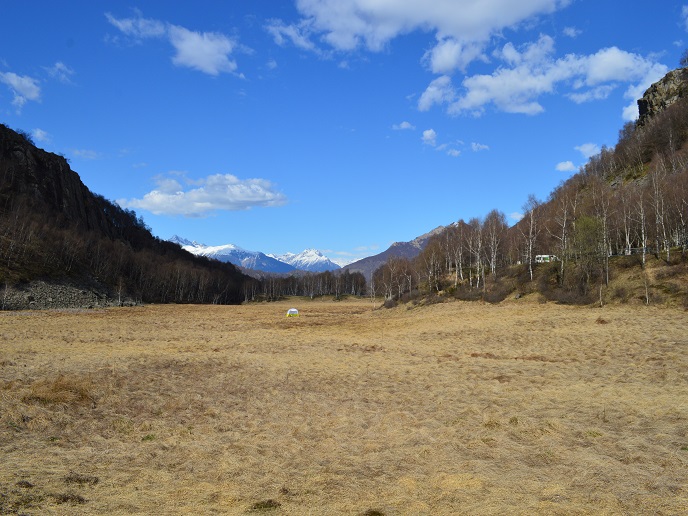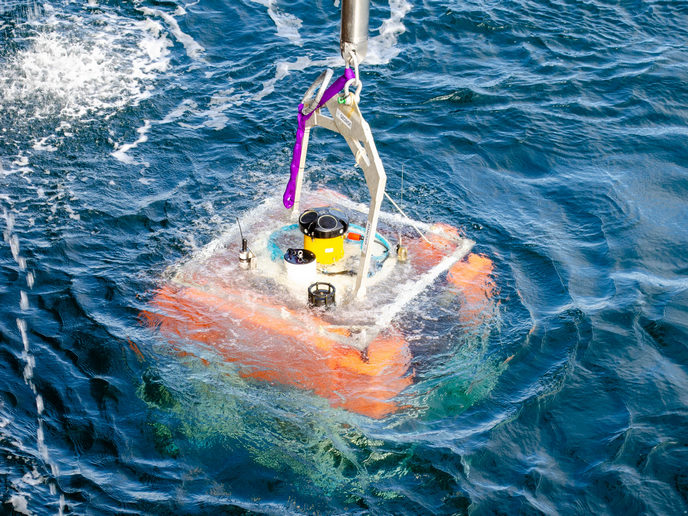Improved use of wetlands to remove uranium contamination from drinking water
The transport of U is controlled by its redox state, which is either hexavalent (U(VI)) or tetravalent (U(IV)) in the environment. In its U(VI) state, U travels with water, but in U(IV) it’s essentially immobile. “However, the long-term stability of U(IV) species formed isn’t well understood,” says Dr Rizlan Bernier-Latmani, coordinator of the EU-funded UMIC project. A significant amount of U is mobilised, even in its reduced form, and contaminates the hydrologic network at several sites. Previous studies suggest that the colloidal phase is responsible for the dispersion of U(IV) in watersheds, but few occurrences of colloids containing U(IV) were reported in wetland environments. To date, no study has reported the occurrence of U(IV)-bearing colloids in wetlands not impacted by man-made activities. In addition, information is lacking on the processes leading to the formation of the present vector of U(IV) dissemination, that is, colloids containing iron (Fe) and natural organic matter (NOM), or Fe-NOM colloids. “Understanding these processes is crucial for predicting the efficiency of wetlands as traps for U water contamination,” notes Dr Bernier-Latmani. Project partners searched for new incidences of U(IV)-bearing colloids in wetland environments, including wetlands not affected by human-induced activities, and further characterised wetland colloids. Investigating the mobility of U in unpolluted wetlands The researchers found very small colloids containing U, organic matter and Fe in Switzerland’s unspoiled mountain wetland of Gola di Lago. In these same samples, they also found significant proportions of U in reduced form – U(IV). “For the first time, we’ve reported that very small and potentially mobile U(IV) colloids form in a pristine mountain wetland,” explains Dr Bernier-Latmani. The occurrence of U(IV) colloids in this wetland is noteworthy because U(IV) is generally considered immobile in remediation strategies. “The characterisation of U speciation in undisturbed environments, and particularly the determination of unexpected species, will hopefully help to explain why in some cases the use of wetlands for U remediation is successful, and in others it’s not.” The UMIC team showed that U(IV)-bearing colloids could form in both highly impacted and undisturbed environments, even though the porewater U concentrations are very low. This result is important in understanding the fundamental processes of U scavenging versus potential release through wetland environments. In environmental disturbances like climate change or changes to land management plans for such pristine wetlands, the U(IV)-bearing colloids present in the wetland porewaters could be mobilised downstream from the wetland. Therefore, the possible occurrence and formation of U(IV)-bearing colloids in wetlands should be considered in predictive transport models, such as when planning water resource management or building remediation strategies based on bioreduction of U(VI) to U(IV). “UMIC allowed us to demonstrate the occurrence of U(IV) in natural wetland porewaters, likely in the form of organic colloids,” concludes Dr Bernier-Latmani. “Our results should incite future models of wetland reduction of U(VI), to take into account the potential reduction of U(VI) into U(IV) colloids that are mobile and not necessarily trapped in the sediment material.” This research was undertaken with the support of the Marie Curie programme.







